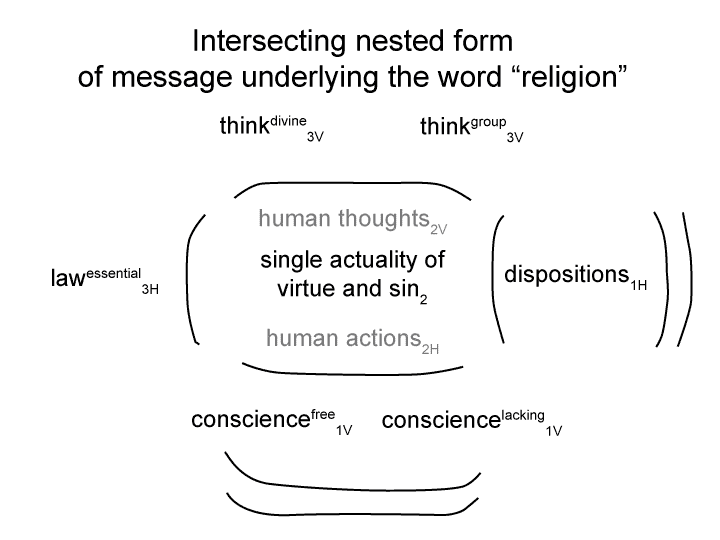Man and Sin by Piet Schoonenberg (1964) 2.1AD
Summary of text [comment] page 66
Schoonenberg claimed that sin is not omnipotent. God’s creative power surrounds and limits sin.
We may ascribe the continuing existence of a sinner to God’s redeeming grace. But that is not enough. The sinner’s continued existence is not only an exhibition of grace, but also of judgment.
Hence the cry of the sinner, “It would have been better for me that I had not been born” (Matt.26:24).
[Both judgment and the continuing existence of each person is intrinsic to the triadic relational structure of God Recognizing Himself. Eternal life is a deductive outcome of three persons in one God.
The Father and the Son are Persons in the category of secondness. Secondness is the realm of cause-and-effect. But note, the divine cause and effect is not instrumental. It is relational. The Father recognizes. The Son is recognized.
Creation is potentiated by the Father through the Son.
Both persons become apparent in the context of a third person, the divine Recognition, the Holy Spirit.]

